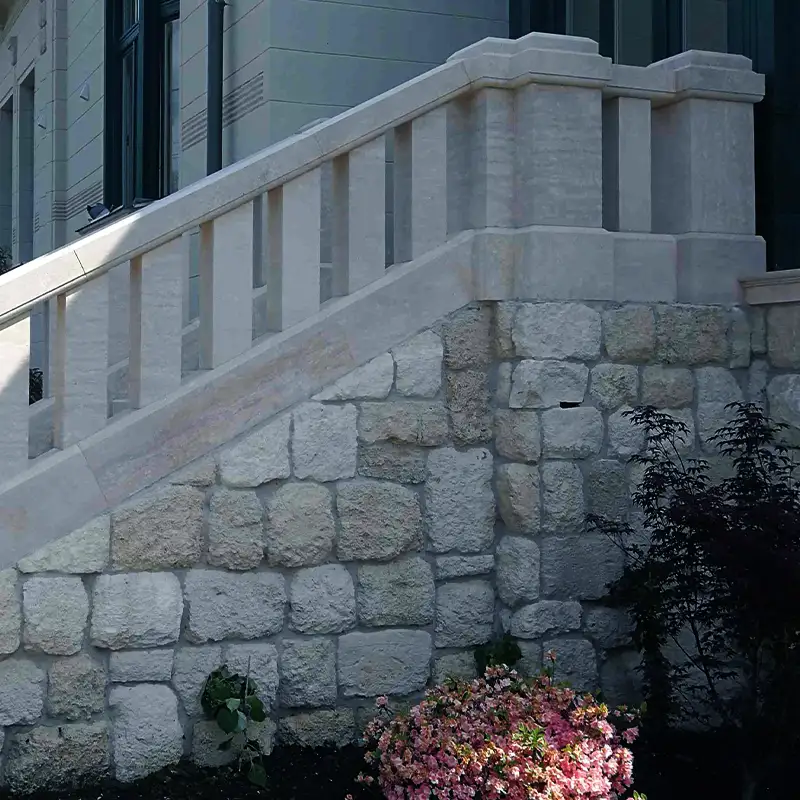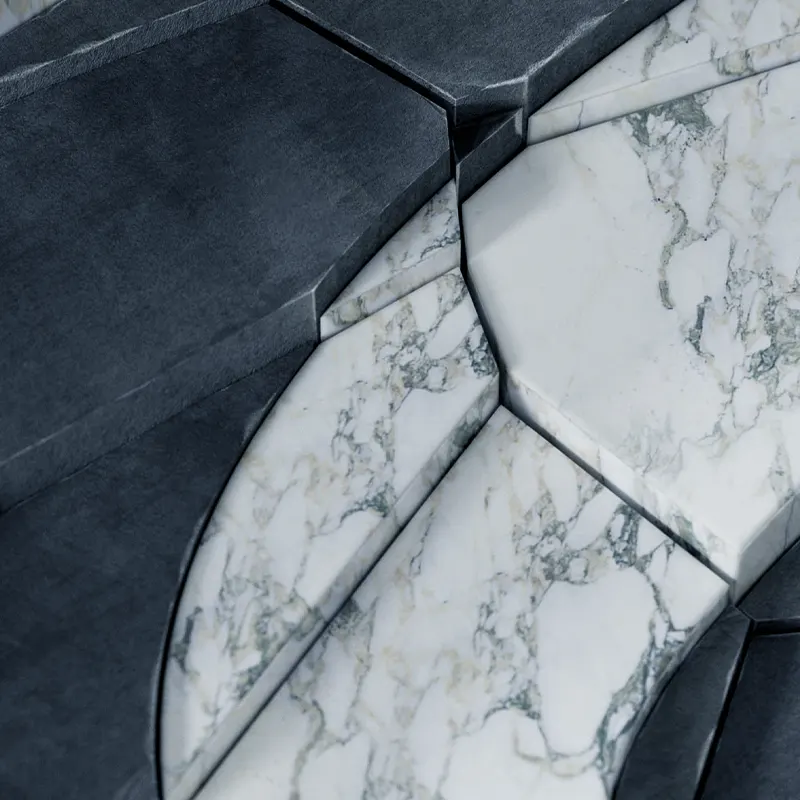WHAT IS LIMESTONE? WHAT CAN IT BE USED FOR?
What can limestone be used for, as a floor or wall covering, indoors or outdoors? Why choose natural stone for cladding at all? These are the questions that arise when looking at natural stone coverings.

Let's see the answers…
A very precise derivation of the formation of limestone itself and its concept can be found on Wikipedia, but let’s see those that may be important to us.
Limestone is typically a sedimentary rock, the composition of which can be derived from the destruction of carbonate rocks during the development of earth’s history. Of course, not in the form of a handful of sand, because a few thousand (million) years have passed, and the thickness of this deposited calcareous sediment can nowadays reach hundreds or even thousands of meters. There is “soft” limestone, which is a porous type of marine sedimentary rock, so-called “mining wet” that can still be easily carved, and the “hard” (frost-resistant) limestone that we also sell. There are also mines in Hungary, the most famous of which are: Süttő, Tardosbánya and, last but not least, Budakalász.
Travertine
What does the much-heard term “travertine” mean, which you must have come across when you were looking at sandstone or stone slabs for your planned home renovation. And also a basic approach to the matter is that all travertine is limestone, but not all limestone is travertine. This form of limestone is a source rock formed during the precipitation of freshwater calcium carbonate. Moss and algae settled on this precipitated limestone, on which more limestone precipitated. Thanks to the repetition of the process and the chemical processes taking place between the formation of the layers, it developed its characteristic “holed” and shaded pattern.
Being a sedimentary rock, its color is influenced by the nature of the “pollution”. Here, you don’t have to think about anything other than the place of origin, what nearby minerals the source carried with it, perhaps the best imaginable such material is iron oxide. But of course, other minerals also influence the color and pattern, so you can find everything from light hazel to mahogany to a reddish shade. And what determines its design is that the block is cut “in the grain direction” or perpendicular to it.
Its use long ago...
It has been used for the construction of temples and palaces since ancient times. And we admire the imprint of this as a monument, and although we certainly never think about it, we definitely keep a piece of this stone in the apartment in a souvenir box from one of our vacations.
Have you ever considered that the Colosseum in Rome is made of the same material as the Parliament?
Limestone was a very common building element and, of course, this material was often used not only in architecture, but also in sculpture. But not only antiquity shines in this natural appearance, but also medieval monuments, castles and cathedrals. Even in the past centuries, this material played a very important role as a building material for banks, libraries, more monumental buildings, office buildings, or even as a facade covering.
Use it now…
Related product

Granite
Its high strength, its variety of colours, its durability and the fact that it is quarried in large blocks make it suitable for a wide range of architectural uses: as paving stones, kerbstones, plinths or facades, but also as crushed stone for roads and railways.
Related information

Travertine
We’ve already written about the limestone in our product range, but now let’s look at exactly what is travertine?

